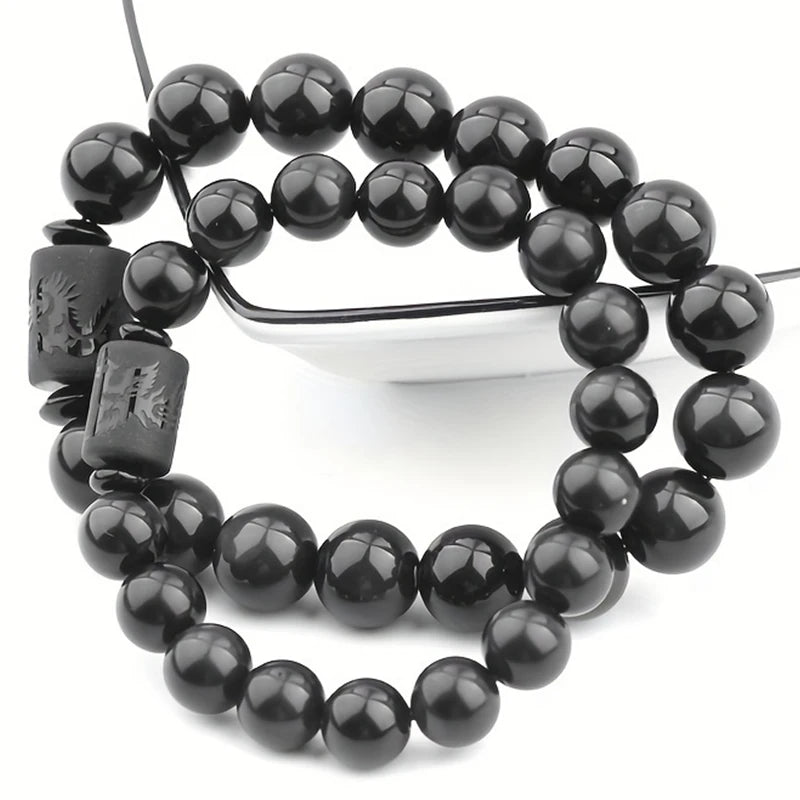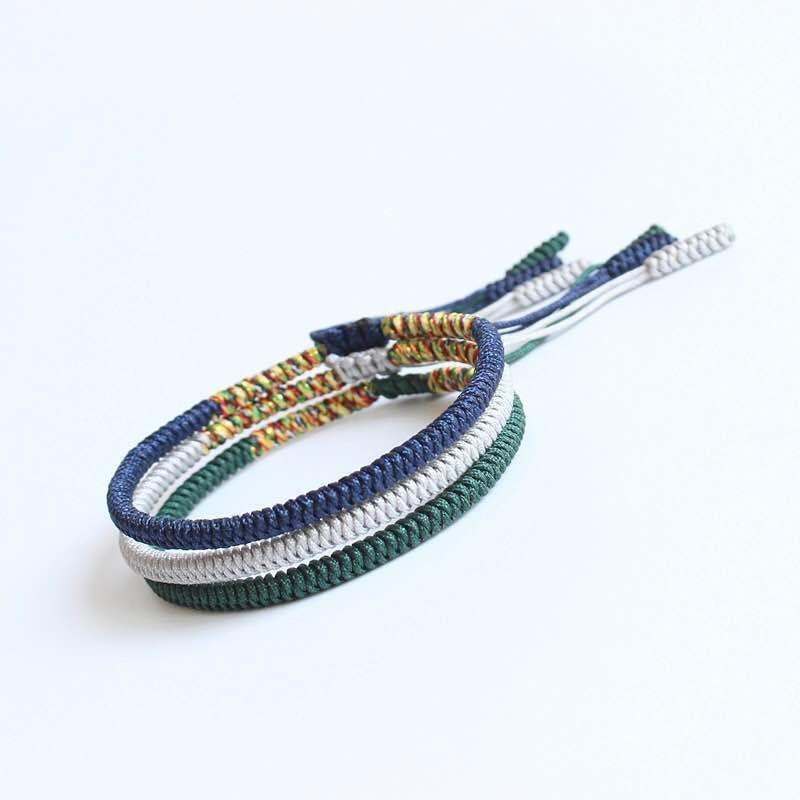🇫🇷 Vous préférez lire cet article en français ? Cliquez ici :

A journey through living heritage — where Chinese lineage, Malay craft, and Thai grace merge into something entirely new
TL;DR — Key Takeaways
-
Nan Yang architecture blends Chinese, Malay, and Thai traditions.
-
Songkhla and Hat Yai preserve some of the region’s best examples.
-
Buildings evolved through migration, climate adaptation, and trade.
-
Murals, temples, and shop houses reflect cultural fusion in real time.
-
Nan Yang identity is a living heritage shaped by coexistence.
The Architecture of Belonging
In Southern Thailand, between the Andaman Sea and the Gulf, there are buildings that refuse simple categorization.
Not quite Chinese. Not quite Malay. Not quite Thai.
Entirely Nan Yang.
These aren't museum pieces behind glass. They're living architecture — homes where families still gather, clan halls where communities still meet, temples where prayers still rise in multiple languages, shop houses where trade continues as it has for three centuries.
In Songkhla and Hat Yai, the buildings themselves tell the story of diaspora, adaptation, and cultural fusion that created something unprecedented: a Southeast Asian identity born from movement, not borders.
Shop Houses That Remember Migration

Stand before these structures and you're witnessing architectural translation in real time.
What you see:
-
Chinese rooflines (soft curves, upward-reaching eaves that echo Fujian and Guangdong)
-
Malay craftsmanship (terracotta ventilation columns, brick patterns designed for tropical airflow)
-
Thai spatial logic (wide verandas, recessed entrances that invite community gathering)
-
Peranakan refinement (decorative plaster panels, high-set windows for light and privacy)
What this means:
These buildings weren't designed by committee. They evolved through necessity.
Chinese migrants from Fujian brought architectural memory. Malay builders brought material knowledge for tropical climate. Thai urban planning shaped the spatial flow. And over generations, the fusion became its own language.
This is not imitation. This is creation.
The white façades catch monsoon light differently than they would in Canton. The wooden shutters breathe in ways Beijing courtyard homes never needed. The proportions adjust to streets designed for both merchant carts and monsoon floods.
These shop houses are proof that identity isn't inherited wholesale — it's remade through weather, trade, and time.
Murals as Cultural Memory
The walls of Songkhla's Old Town carry stories in paint and plaster — not as tourist decoration, but as community archive.
The Immortals Crossing the Sea

The Eight Immortals traverse painted waves — a classical Chinese motif reinterpreted in Southeast Asian color saturation.
But look closer. The palette isn't mainland Chinese. It's Nan Yang — brighter, weathered by salt air and tropical rain, carrying the visual grammar of Penang, Malacca, and Phuket.
This is Chinese mythology told in a Southern accent.
Plum Blossoms in Humid Air

Traditional Chinese brushwork — soft, contemplative, almost scholarly.
But painted on walls that have absorbed decades of monsoon humidity. Faded by equatorial sun. Softened by sea breeze.
The technique is Chinese. The aging is Southeast Asian. The result is entirely Nan Yang.
Dragon and Phoenix Dance

The dragon and phoenix — symbols of masculine strength and feminine grace, yin and yang in eternal dance.
But rendered in tropical intensity. The curves feel Southeast Asian. The colors pulse with a vibrancy that belongs to this latitude, not the temperate north.
This is how heritage adapts without losing soul.
Temples That Teach Fusion
The temples of Songkhla and Hat Yai aren't reproductions of mainland Chinese architecture. They're original expressions of diaspora identity.
Grand Synthesis

Multiple roof tiers sweep upward — unmistakably Chinese in lineage.
But notice:
-
Thai-style pillars integrated into the hall structure
-
Mosaic tile work reminiscent of Penang and Malacca's Peranakan workshops
-
Color palettes brighter than mainland temples — adapted for tropical light
-
Spatial flow that accommodates Thai Buddhist processions alongside Taoist rituals
This isn't architectural confusion. It's architectural conversation.
Three building traditions speaking to each other across generations, arriving at something that could only exist here.
Ceramic Roofs That Breathe

Glazed tiles in vibrant greens and golds — deeply Chinese in symbolism (luck, prosperity, longevity).
But the lighter tones aren't just aesthetic. They're functional adaptation — colors chosen to reflect tropical heat, glazes formulated to withstand monsoon intensity.
Heritage craftsmanship meeting climate engineering.
Door Gods Who Guard Two Worlds

The fierce Door Gods stand watch — protectors against malevolent spirits, painted with intensity meant to ward off harm.
But the style is uniquely Southern Chinese folk art filtered through Penang, Phuket, and Songkhla sensibilities.
Not Beijing refinement. Not Guangdong restraint.
Bold. Tropical. Weather-beaten. Alive.
Golden Phoenix Rising

Gold phoenixes spiral around red columns — classical Chinese iconography.
But the scale, the brightness, the decorative flourish all feel distinctly Southeast Asian.
This is what happens when Chinese symbolism is reimagined through the lens of Thai decorative intensity and Malay ornamental craft.
Modern Nan Yang Expression

The newer wave of diaspora temple construction — tall structures with pink and gold accents that blend Chinese Buddhist iconography with Thai-style chromatic boldness.
This isn't dilution of tradition. It's tradition still speaking, still adapting, still creating.
Why These Buildings Matter
Nan Yang architecture isn't about preservation for its own sake.
It's about what happens when cultures meet without one erasing the other.
These buildings are evidence that:
✨ Migration creates, not just copies
Chinese families didn't rebuild Fujian in Thailand. They created something new that honored origin while embracing place.
✨ Climate shapes culture
Malay builders adjusted materials, ventilation, and structure to tropical realities — teaching Chinese migrants that heritage must breathe.
✨ Community makes form
Thai spatial logic — the way streets flow, how public and private space interact — reshaped how Chinese clan halls and shop houses functioned.
✨ Trade writes architecture
Every balcony, every dragon carving, every faded mural connects Songkhla to Penang, Singapore, Xiamen, and Guangzhou through economic networks that built cities.
What Nan Yang Teaches Us About Identity
Stand in front of these buildings long enough and you realize:
Identity isn't a museum artifact. It's a living conversation.
The Chinese shop house that learned to breathe through Malay brick ventilation.
The temple roof that adjusted its colors for tropical sun.
The mural that preserved classical Chinese brushwork while accepting monsoon weathering.
Each adaptation is an act of respect — for origin, for place, for reality.
This is what Nan Yang means:
Not Chinese in Thailand.
Not Thai with Chinese influence.
But a third thing, born from movement, shaped by coexistence.
Where Cultures Meet, Something New Emerges
Songkhla and Hat Yai remain two of the most culturally layered cities in Southern Thailand — places where:
-
Chinese shop houses stand beside Thai Buddhist wats

-
Malay food stalls operate near Taoist shrines

-
Street art blends dynastic mythology with local folklore

-
Architecture speaks three cultural languages simultaneously


This is the gift of diaspora:
Not loss of heritage, but heritage given permission to grow.
Not preservation in amber, but tradition still breathing, still adapting, still creating.
A Living Archive
These buildings are not relics.
They are proof that cultures can meet without conquest.
That heritage can adapt without betraying origin.
That beauty emerges not from purity, but from honest conversation between traditions.
Every faded mural is a chapter.
Every carved column is a voice.
Every weathered roof tile is a breath.
And together, they tell a story that belongs entirely to this place:
Where the South China Sea meets the Andaman.
Where migration became belonging.
Where three cultures learned to speak as one.
🪷
Explore More Nan Yang Culture
Related Reading:
-
The Culinary Language of Nan Yang: Where Chinese, Malay, and Thai Flavors Merge
-
Peranakan Identity in Southern Thailand: Beyond the Baba-Nyonya Stereotype
-
Songkhla's Living Heritage: A Walking Guide to Old Town Architecture
Shop Nan Yang-Inspired Craft: Our curated collection includes pieces that honor this same spirit of cultural fusion — handcrafted objects where tradition meets adaptation, where heritage breathes.
About This Series
This post is part of our ongoing exploration of Southeast Asian cultural fusion — examining how migration, trade, and coexistence created identities that belong to no single nation but to the region itself.
Written by Jonathan Mather, Managing Director of Artisan d'Asie, who has spent two decades living in and documenting the cultural landscapes of Asia.
Photography: On-location documentation of living heritage in Songkhla and Hat Yai, Southern Thailand.

Read this article:
👉 Nan Yang Architecture in Songkhla & Hat Yai: Where Three Cultures Breathe as One
Published by Artisan d'Asie — bridging authentic Asian craftsmanship with mindful modern living.
Frequently Asked Questions
What is Nan Yang architecture?
Nan Yang architecture refers to Southeast Asian buildings created by Chinese diaspora communities who adapted their original Southern Chinese styles to local Malay materials, Thai urban planning, and tropical climate conditions.
Where can you find Nan Yang buildings in Thailand?
Songkhla Old Town and Hat Yai preserve outstanding examples of Nan Yang shop houses, clan halls, temples, and murals.
How is Nan Yang architecture different from Peranakan?
Peranakan is a subset centered on Straits Chinese culture, while Nan Yang describes broader Chinese diaspora adaptations across Southeast Asia.
Why does climate influence Nan Yang architecture?
Builders adapted materials, ventilation, and roof design for humidity, monsoon rains, and tropical heat, creating forms distinct from mainland China.
Why is Nan Yang heritage important?
It shows how cultures can merge without erasing each other — a living example of harmonious adaptation.




0 kommenttia